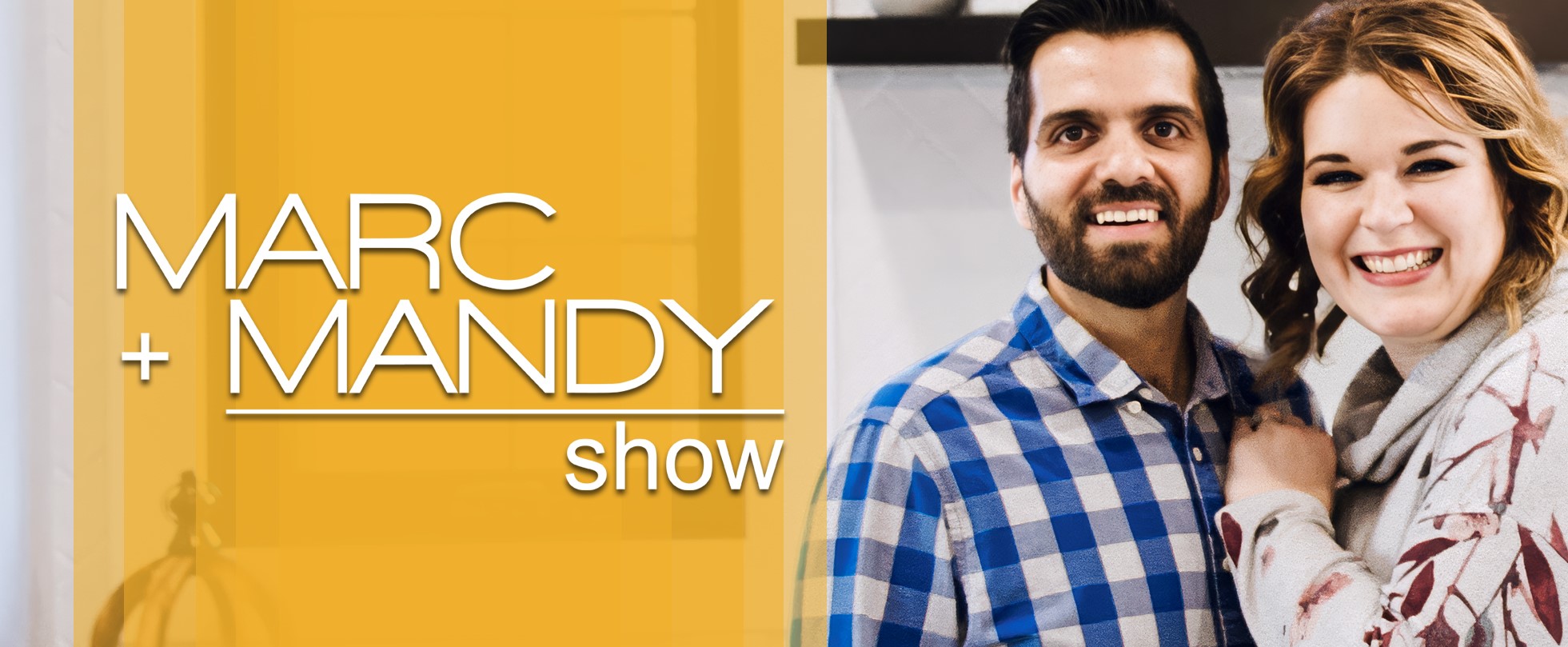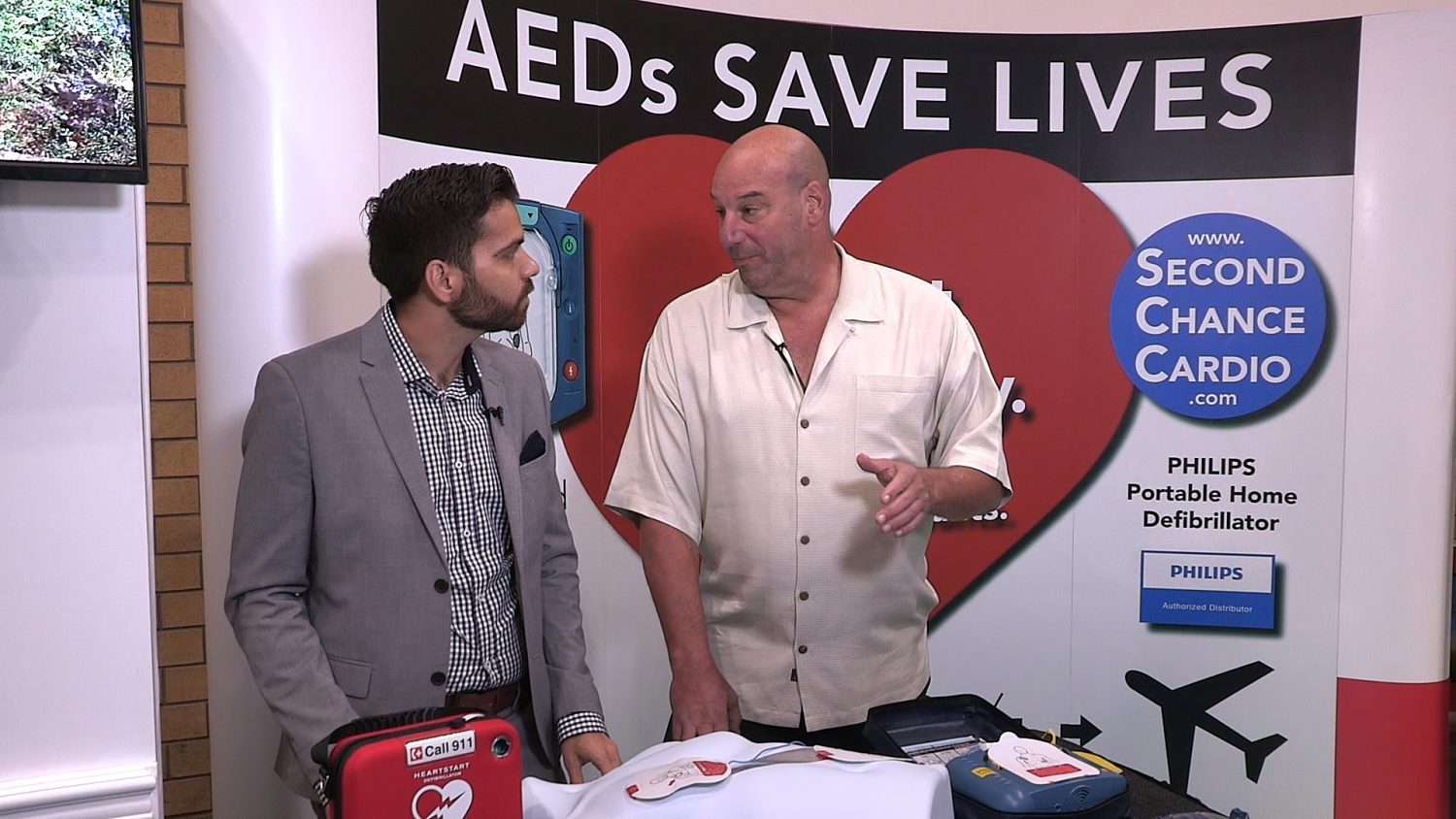Second Chance Cardio: Home Defibrillator
According to the Centers for Disease Control and Prevention, heart disease, which can lead to sudden cardiac arrest, is the leading cause of death for both men and women. Heart attacks alone claim the lives of about 735,000 annually. Given these jarring statistics, it’s a good idea to keep a defibrillator in your home. Mark, from Second Choice Cardio, explains what a defibrillator is, how it works, and why you should have one.
One thing most people don’t know is that 80 percent of heart attacks happen at home. If you have a defibrillator in your home, you have a 75 percent chance of survival; if you don’t, your chance of survival plummets down to a terrifying three percent.
Operating a defibrillator is not as complicated as it might seem. According to Mark, a child could operate one, as the machine actually guides you via inset, automated instructions.
The National Heart, Lung, and Blood Institute cites that using an AED (Automated External Defibrillator) to shock the heart within minutes of the start of the sudden cardiac arrest could restore a normal heart rhythm – but every minute counts! Each minute of sudden cardiac arrest leads to a ten percent reduction in survival, so ensuring you can effectively identify it is half the battle. If you’re not sure, an AED can check the person’s heart rhythm and determine whether an electric shock is needed to try to restore a normal rhythm.











